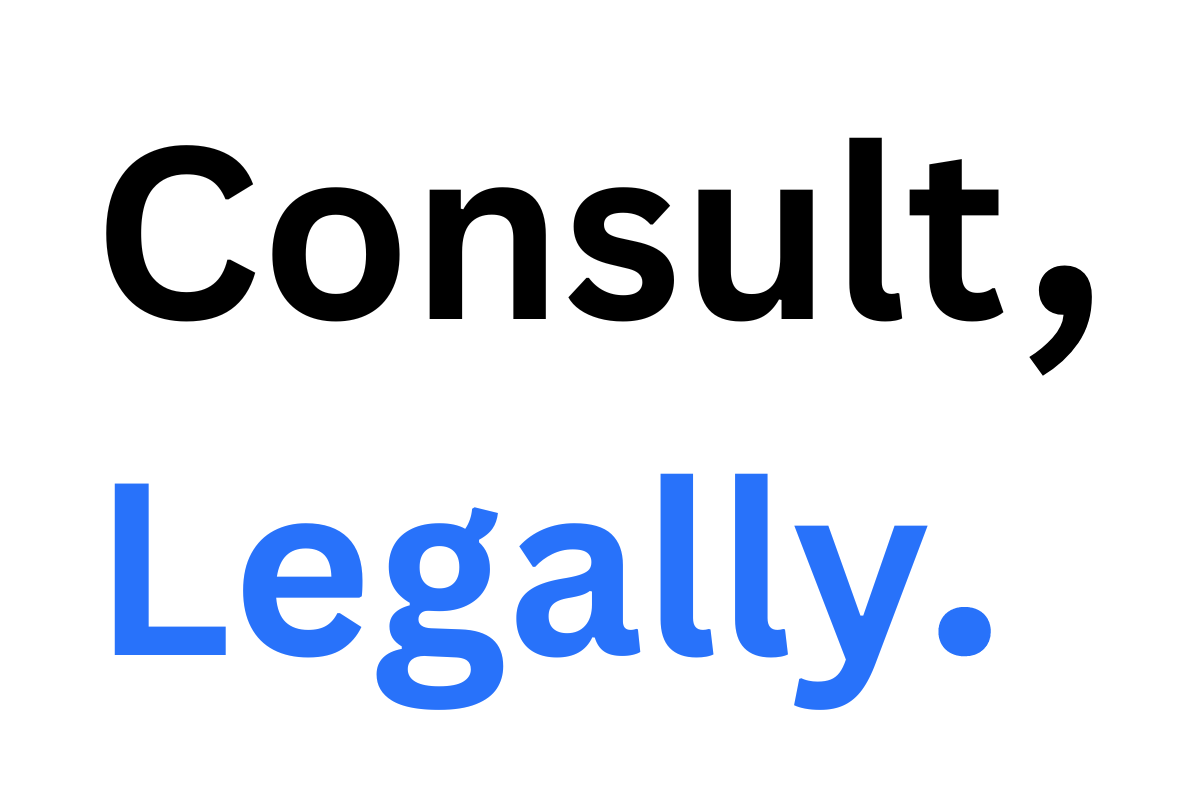Losing your job while on disability leave can be a challenging and confusing experience. Navigating the complexities of unemployment benefits and disability insurance may seem overwhelming. Understanding your rights and options is crucial to making informed decisions during this difficult period. In this guide, we’ll break down the essential aspects related to collecting unemployment after being terminated while on disability.
Understanding Disability Benefits and Unemployment Insurance
Before exploring the eligibility criteria for unemployment benefits, it’s important to understand the different types of disability benefits available and how they work.
Disability insurance benefits are typically classified into two categories:
- Short-Term Disability Benefits
- Offer temporary financial support for a specified period.
- Usually cover a portion of your salary.
- Commonly provided by employers or state programs.
- Long-Term Disability Benefits
- Begin once short-term benefits expire.
- Provide extended financial assistance over a longer period.
- Often acquired through employer-sponsored plans or private insurance providers.
While these benefits provide financial support during your period of disability, they do not necessarily guarantee job protection. Some federal and state laws may offer employment protection under specific conditions, but eligibility varies based on individual circumstances.
Unemployment Insurance Basics
Unemployment insurance is a government program designed to provide financial assistance to individuals who lose their jobs through no fault of their own. Eligibility for unemployment benefits typically requires the applicant to:
- Be physically capable of working.
- Be available for work and actively seeking employment.
- Meet the state-specific eligibility criteria, which may include work history and earnings requirements.
Eligibility for Unemployment Benefits After Disability
Whether you qualify for unemployment benefits after being terminated while on disability depends on several factors, primarily your ability to work and state-specific laws.
Short-Term Disability and Unemployment Eligibility
Individuals terminated while on short-term disability leave may qualify for unemployment benefits once they recover and are medically cleared to return to work. It is crucial to obtain medical clearance as it establishes your fitness to resume employment and enhances your chances of eligibility.
Long-Term Disability and Unemployment Eligibility
For those on long-term disability, eligibility for unemployment benefits is less likely. Long-term disability often implies a permanent or severe medical condition that prevents returning to work. If you remain unable to work due to a disability, you may not meet the primary requirement for unemployment benefits.
Federal and State Law Considerations
Federal law does not explicitly prohibit individuals on disability from receiving unemployment benefits, but eligibility criteria vary by state. For example, in California, you may apply for unemployment after recovering from temporary disability, but the California Employment Development Department (EDD) determines eligibility based on state-specific guidelines.
Legal Protections Under ADA and EEOC
The Americans with Disabilities Act (ADA) and the Equal Employment Opportunity Commission (EEOC) provide legal protections for disabled employees. If you were terminated while on disability, it’s important to evaluate whether your termination violated these laws.
ADA Protections
- Ensures that employees with disabilities receive reasonable accommodations.
- Protects against discrimination based on disability.
- May provide return-to-work provisions for qualified employees.
EEOC Protections
- Enforces anti-discrimination employment laws.
- Investigates potential violations of employees’ rights.
- Provides guidance on filing complaints and seeking redress.
If you suspect wrongful termination, seeking legal counsel can help determine if you have grounds for legal action.
Steps to Collect Unemployment After Termination While on Disability
If you are eligible to collect unemployment benefits after being terminated while on disability, follow these steps to ensure a smooth process:
- Apply Promptly: File your unemployment claim as soon as possible after termination to avoid delays. Timely applications can help prevent potential complications.
- Provide Accurate Information: Accurately report details regarding your termination and disability status. Any inconsistencies could result in claim denials.
- Be Prepared to Explain: Clearly articulate the circumstances of your termination. Explain your efforts to return to work and your job search activities.
- Understand Weekly Benefit Amounts: Benefits are calculated based on past earnings and state-specific limits. Research your state’s formula to estimate potential benefit amounts.
- Seek Legal Advice: If you face difficulties during the application process, consult a disability attorney. Professional guidance can ensure compliance with legal requirements.
What are the Factors Affecting Unemployment Benefits?
Several factors can impact your ability to transition from disability to unemployment successfully:
- Medical Clearance: Ensure you have official medical clearance to return to work.
- Employment Opportunities: Actively seek new employment to meet job search requirements.
- State Laws and Regulations: Familiarize yourself with your state’s specific requirements and regulations.
- Employer Coverage: Check whether your previous employer had unemployment insurance coverage.
Avoiding Common Pitfalls When Transitioning from Disability to Unemployment
To avoid potential issues and maximize your unemployment benefits, keep the following tips in mind:
- Accurate Income Reporting: Report all income, including disability benefits.
- Failure to report accurately could lead to overpayment or legal issues.
- Understanding Benefit Calculations: Know how your benefits are calculated to set realistic expectations.
- Requesting Reasonable Accommodations: If you have ongoing medical conditions, communicate your needs to potential employers during job searches.
Conclusion
Collecting unemployment after being terminated while on disability is possible under specific circumstances, primarily depending on your ability to work and compliance with state laws. Short-term disability recipients who have recovered may qualify, while long-term disability beneficiaries may face more challenges.
Understanding your rights under federal laws such as the ADA and EEOC, along with promptly applying for benefits and accurately reporting your situation, can enhance your chances of successfully securing unemployment benefits.
If you’re unsure about your eligibility, seeking legal assistance can provide clarity and support in navigating this complex process. Remember, being informed and proactive is key to making the best decisions for your financial and professional future.

